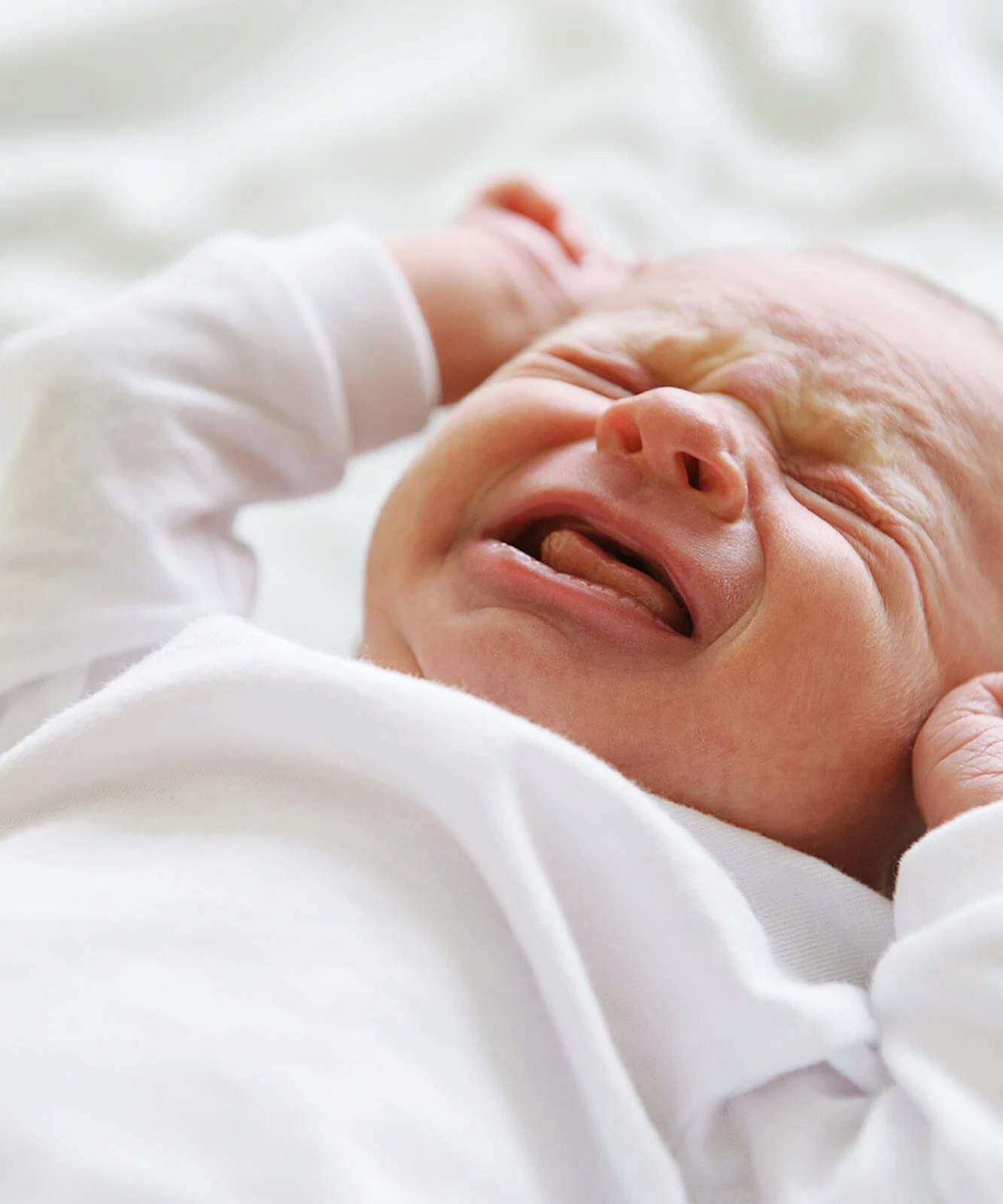Babies Are Being Born Full Of Microplastics
Parents are plagued with concerns for their children. Before a baby is even born they often worry about the health and well-being of their little one, but a recent phenomenon is alarming parents because it’s so uncontainable. Babies are being born full of microplastics, and what’s more shocking, microplastics have been found in women’s placentas.

What Studies Show
Last year, doctors discovered the presence of microplastics in the placentas of expectant mothers. They called this a “matter of great concern,” due to the fact that these plastics are small enough to circulate within the bloodstream and have been linked to hormonal issues and certain cancers. If these tiny balls of plastic are being found inside placentas – where unborn babies get their nutrients in utero – the long-term side-effects could be catastrophic for the next generation.
Now, a new study has revealed that babies contain more than 10 times the amount of microplastics in their stools than adults. Some researchers are suggesting that may be due to infants chewing on child-safe plastic products like pacifiers, plastic bottles, sippy cups, spoons, bowls, and toys.
Babies contain more than 10 times the amount of microplastics in their stools than adults.
The leader of the study, professor Kurunthachalam Kannan, noted, “Studies have shown that infant formula prepared in bottles can release millions of microplastics and many processed baby foods are packaged in plastic containers that constitute another source of exposure in one-year-old infants.”
Scientists Are Uncertain of How Microplastics Affect Human Health
So what exactly are microplastics?
Microbeads – one type of microplastics – are tiny manufactured polyethylene plastics that were added to toothpaste and health and beauty products in the early 2000s. They were meant to help exfoliation and offer friction for cleansing teeth and skin, but many people didn’t even know those little beads were made of plastic.
Microplastics, on the other hand, are tiny pieces of plastic that can pass through water filtration systems. So, the most frightening part of this new study is that all of the plastic products being sold right now can, and will, most likely degrade into microplastics.
There’s very little that parents can do to protect their children from ingesting microplastics. Since these tiny plastic particles are in the water supply and are difficult to filter out (if at all), the situation seems quite hopeless. Especially adding in the fact that there isn’t enough data to understand the full long-term repercussions of microplastics on the human body, or the planet for that matter.
Banning Microbeads and Other Ways To Reduce Plastic Pollution
But there is still hope. And not just for parents, but for everyone who is concerned about microplastics.
In 2015, Congress banned the manufacturing, packaging, and distribution of microbeads. The new law ended all use, sales, and distribution of microbeads by 2019, giving companies time to adjust and phase out products at different times according to their level of involvement. In addition, numerous other countries passed similar laws shortly after. Even China, the world’s number one producer of plastic pollution, has finally decided to ban microbeads among other plastic products.
Movements to reduce and phase out single-use plastics are on the rise.
Movements to reduce and phase out single-use plastics are on the rise. From shopping with reusable cloth bags instead of plastic ones to drinking with edible straws (or no straw), there’s plenty that everyone can individually do to prevent more microplastics from entering our environment and bodies.
Parents can stick to wooden teethers, get back to using glass baby bottles, and check out bamboo sippy cups. Classic wooden toys never go out of style, and neither do cotton stuffed animals or crochet/knit treasures.
Lastly, it may seem futuristic, but there’s also a bacteria that was discovered in 2016 that eats plastic. Scientists have been working to accelerate this bacteria’s abilities to help combat the current plastic situation. There’s no telling what the results will be, but we’re finding more solutions as we accept responsibility for the growing problem.
Closing Thoughts
Microplastics are being found in our bodies whether we like it or not, but in a much greater amount in babies. It’s important to be aware of the situation so we can limit our children’s contact with products that contribute to microplastic pollution, properly study the effects, and work to offer a healthier future.
Love Evie? Let us know what you love and what else you want to see from us in the official Evie reader survey.